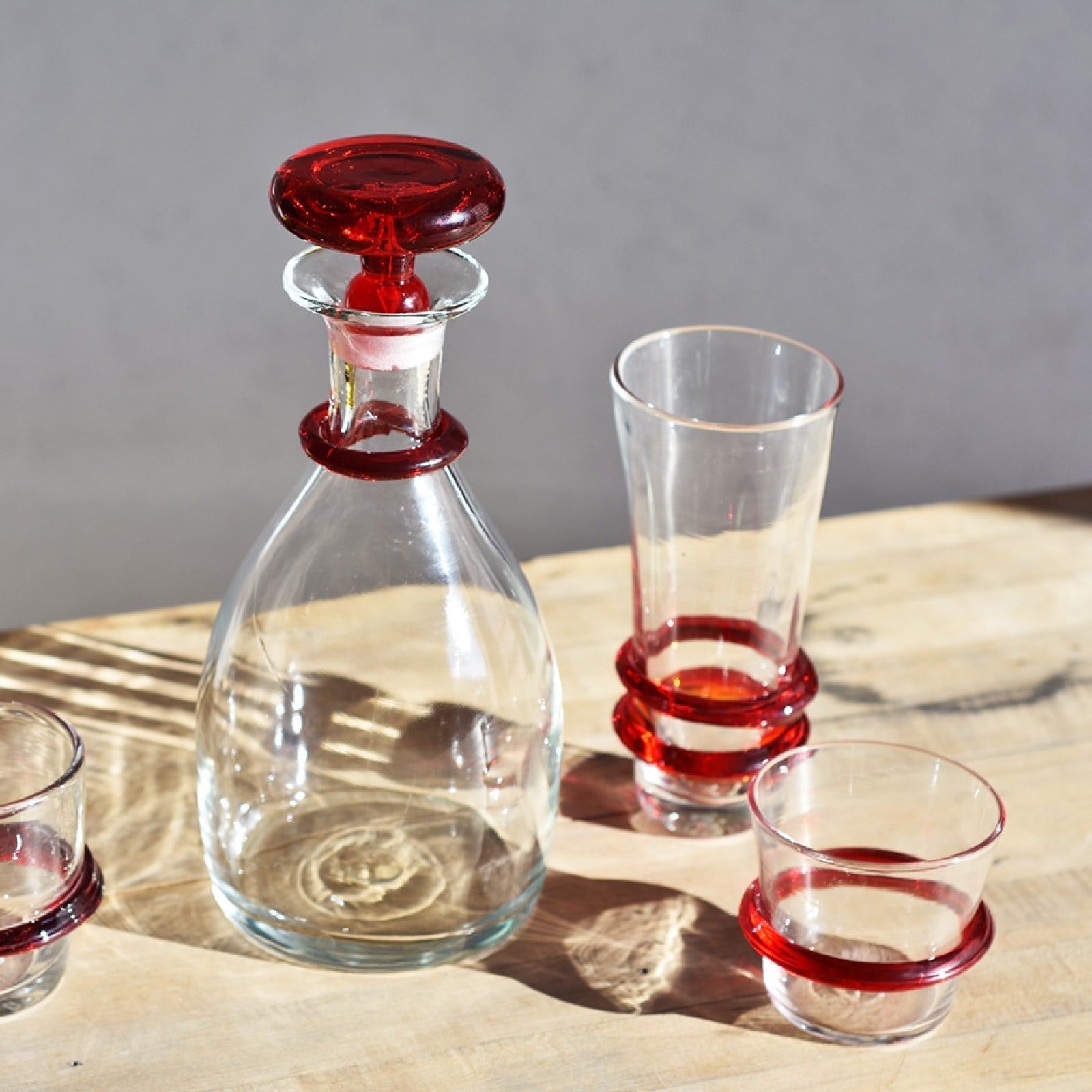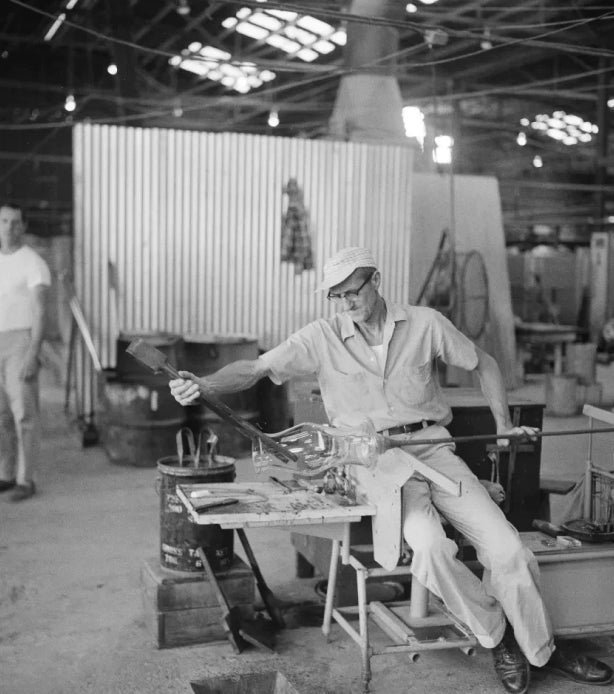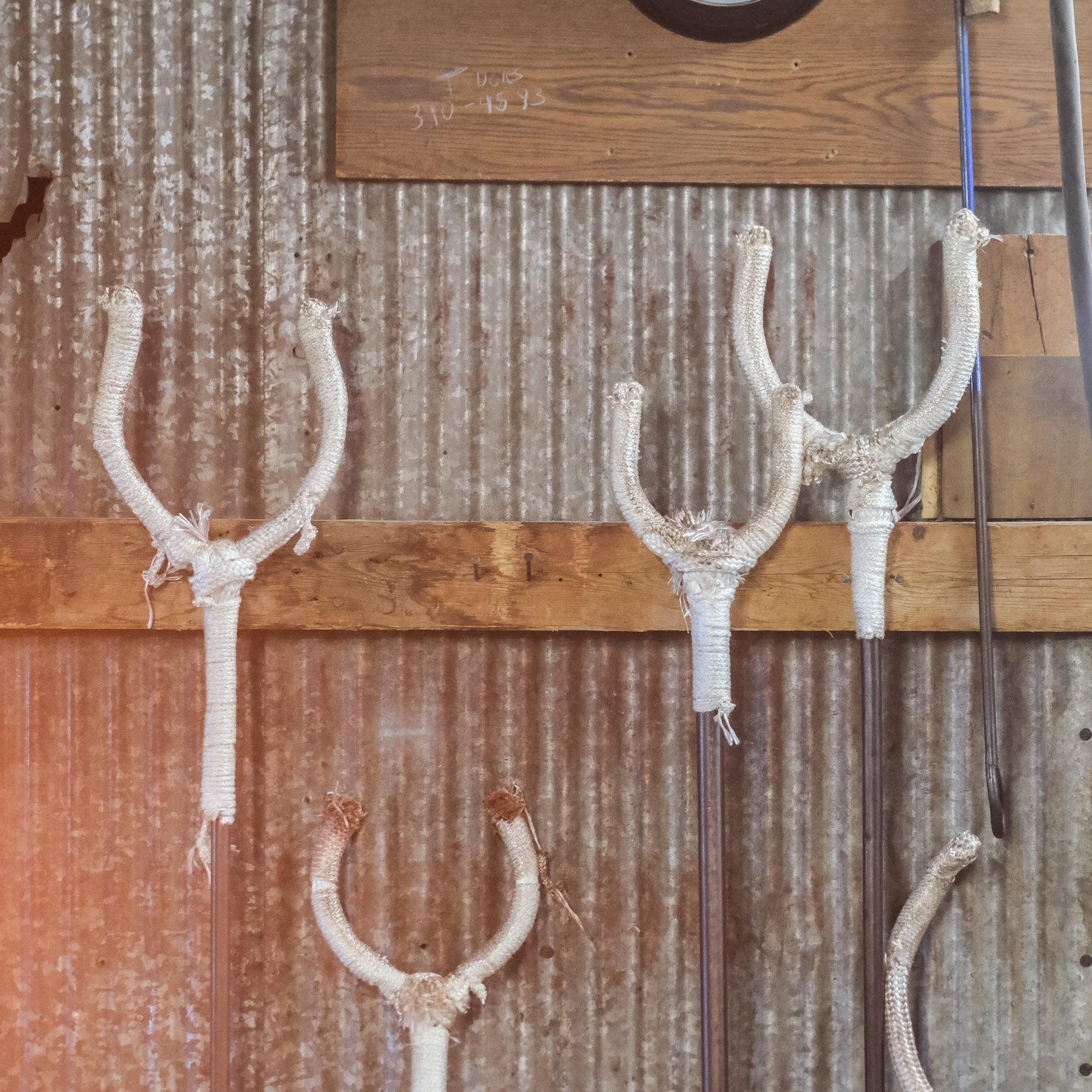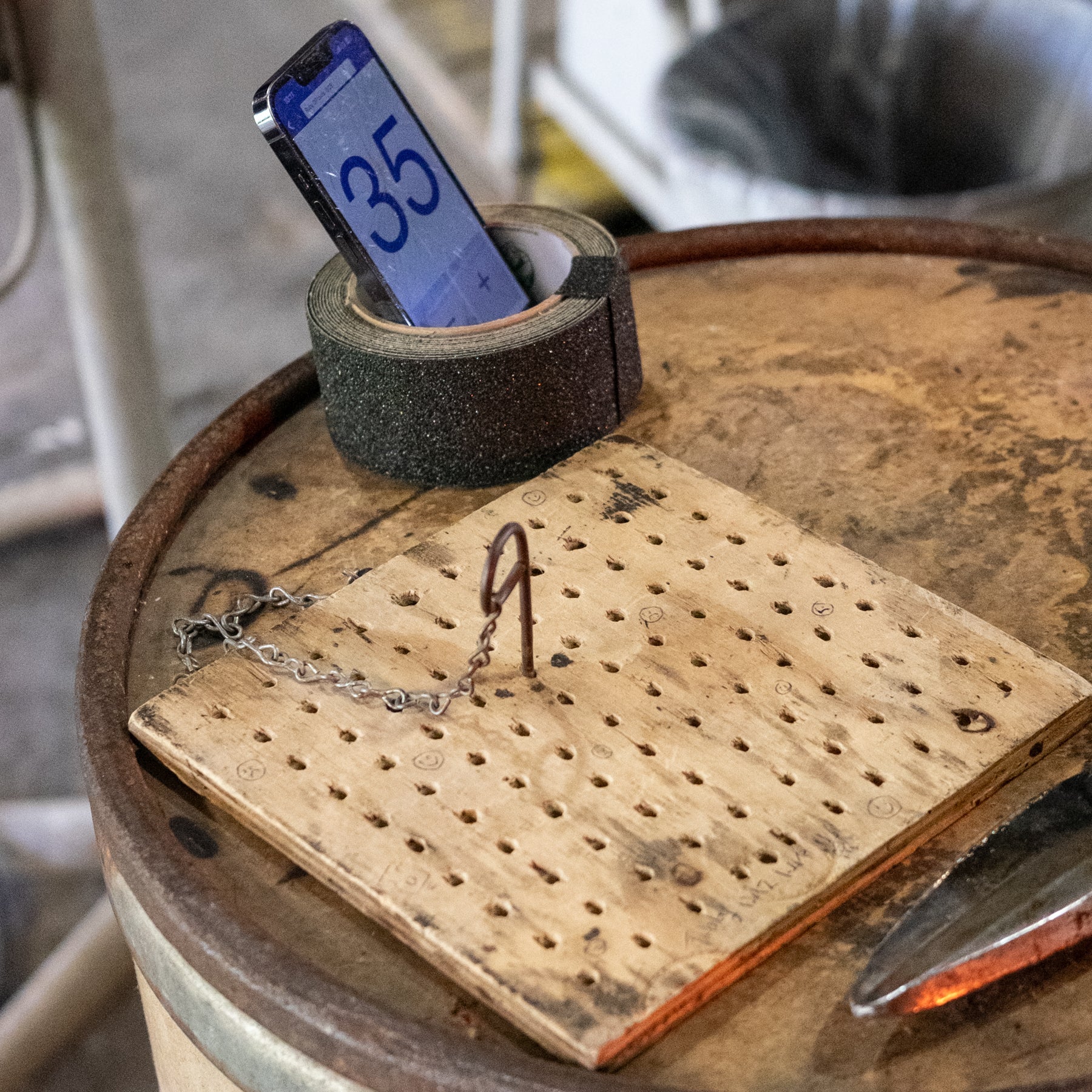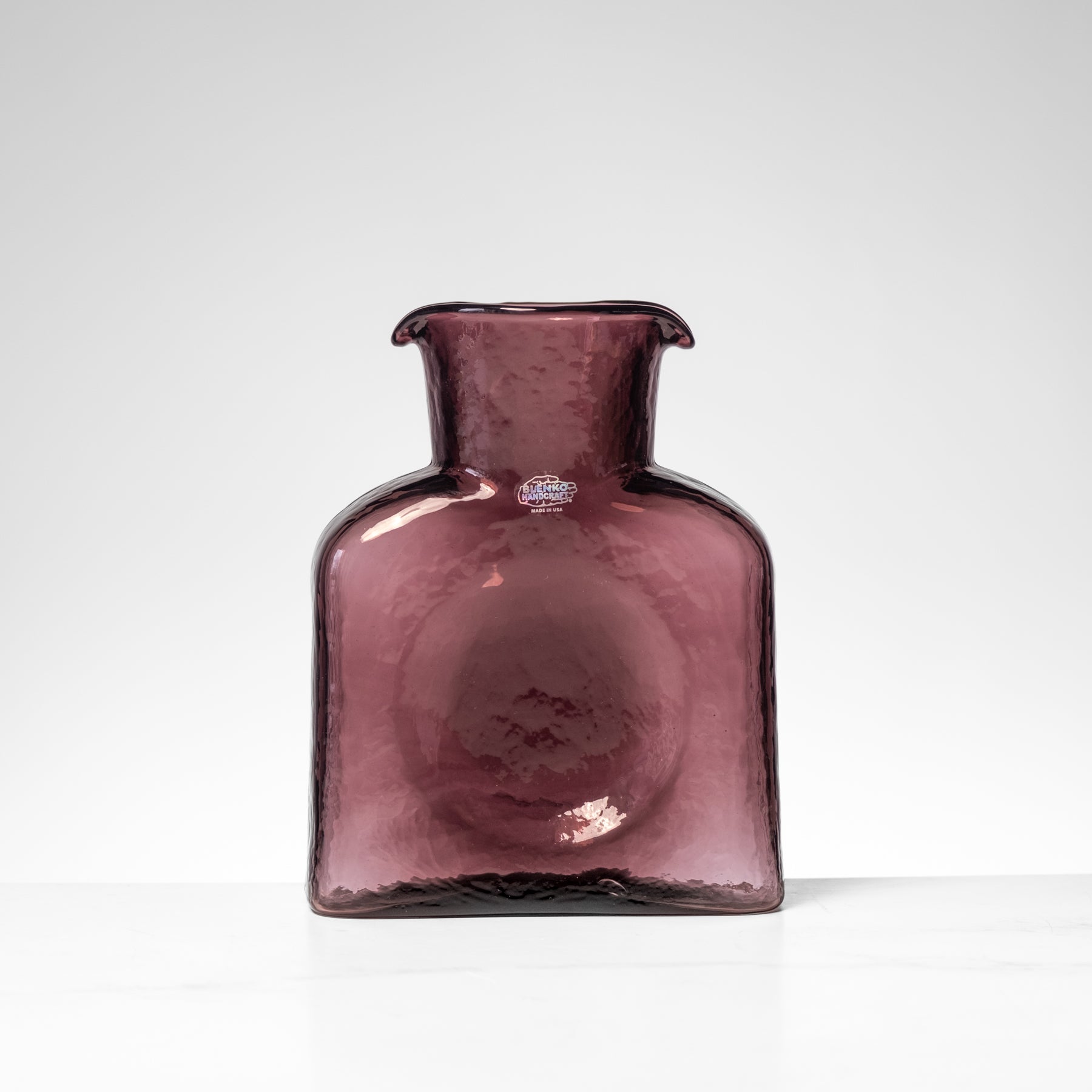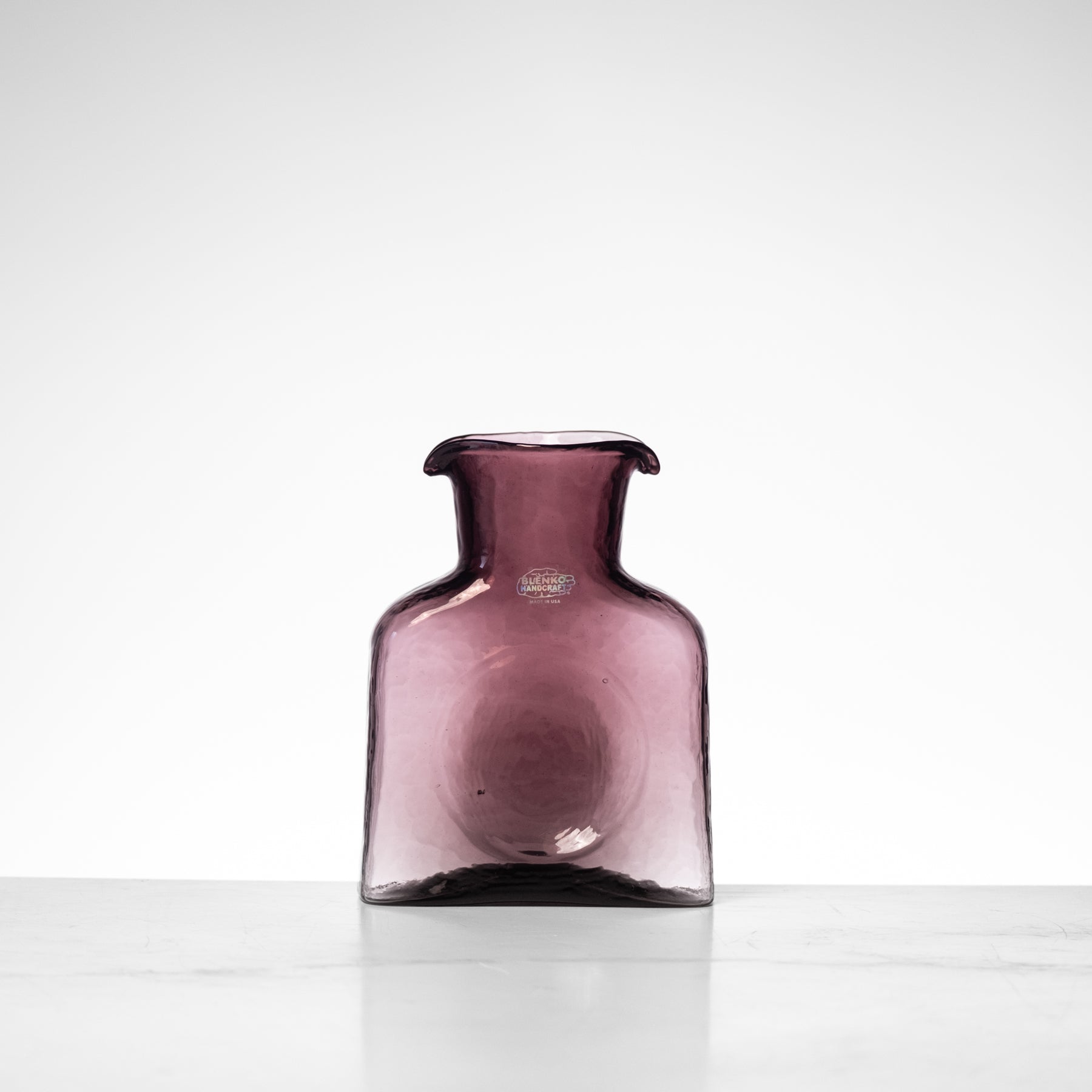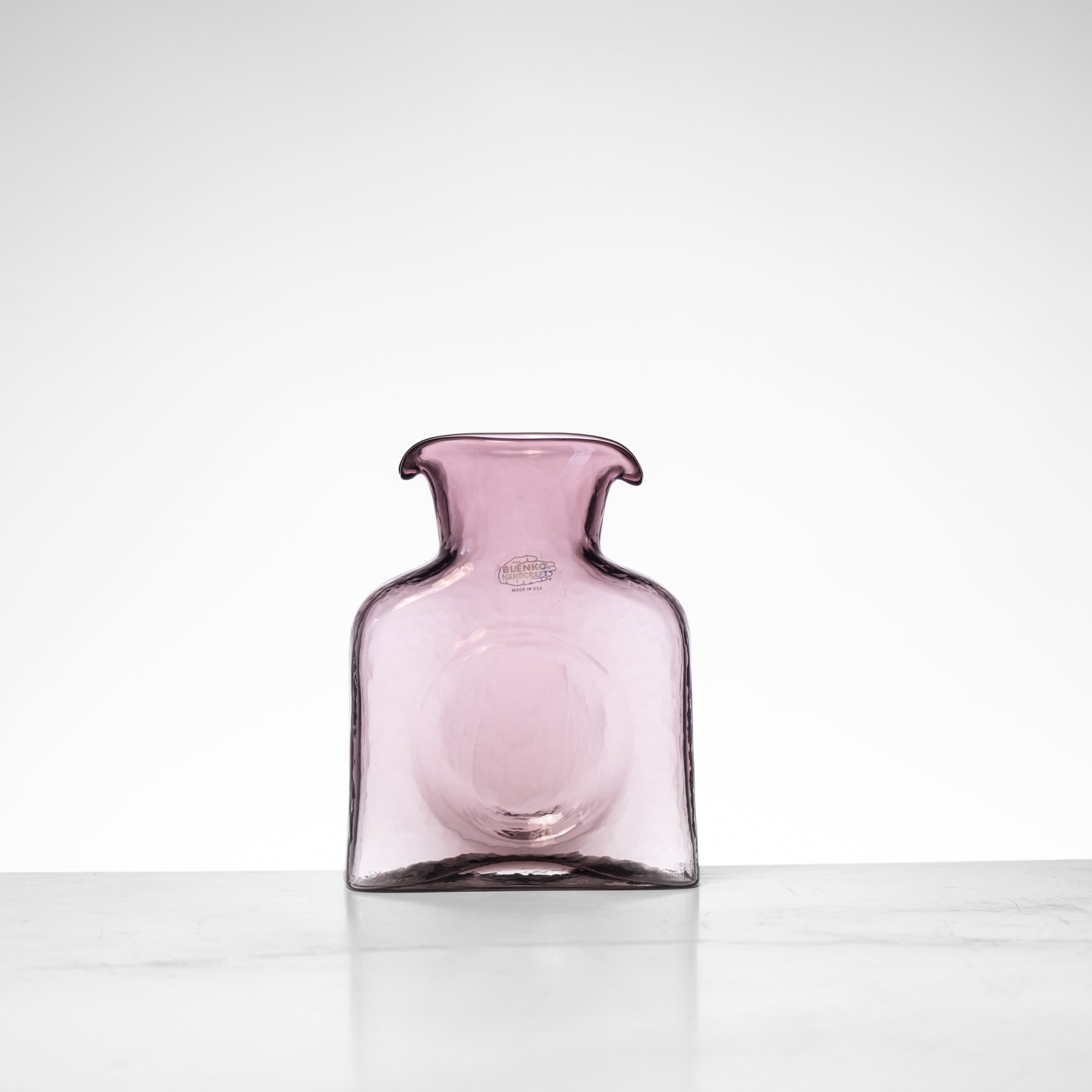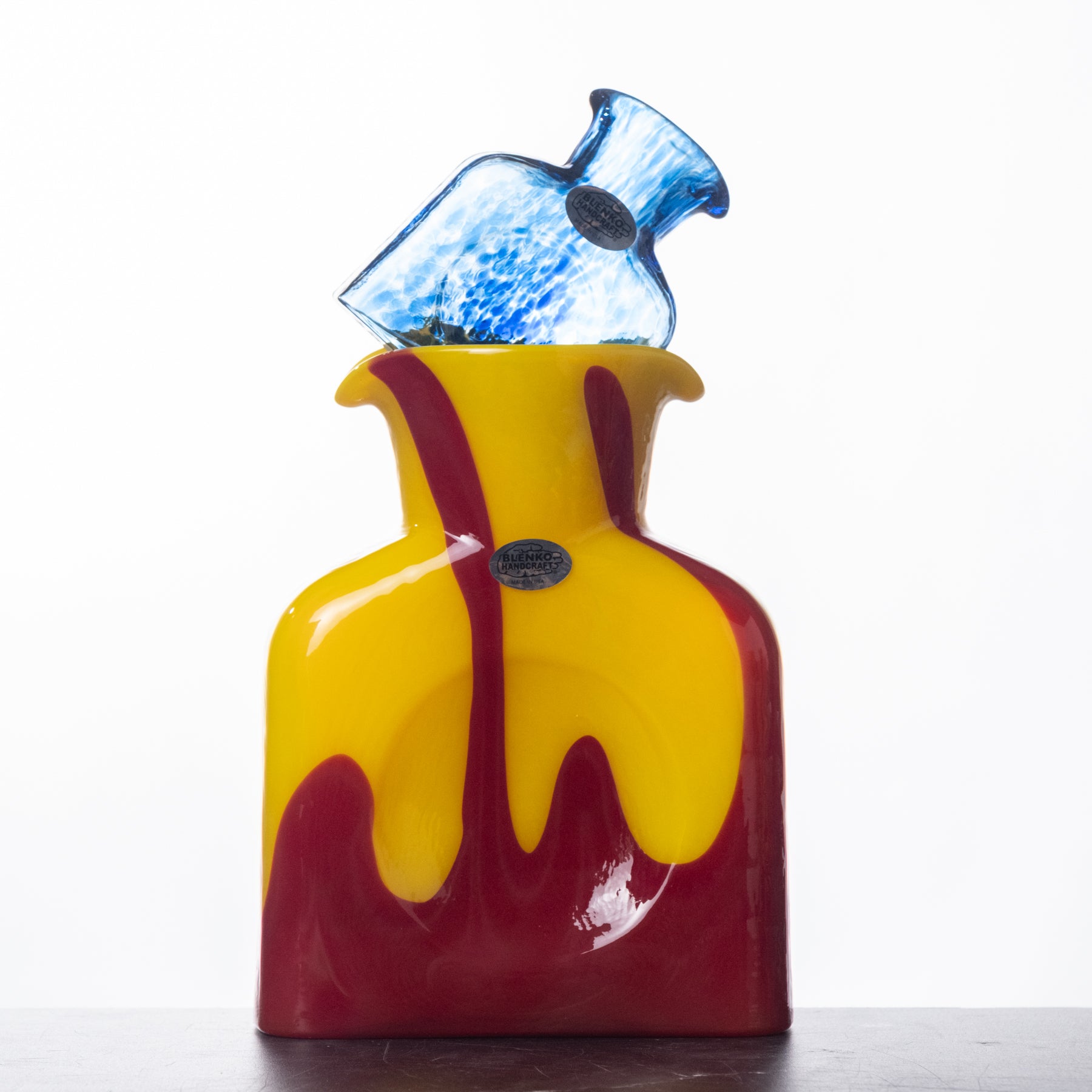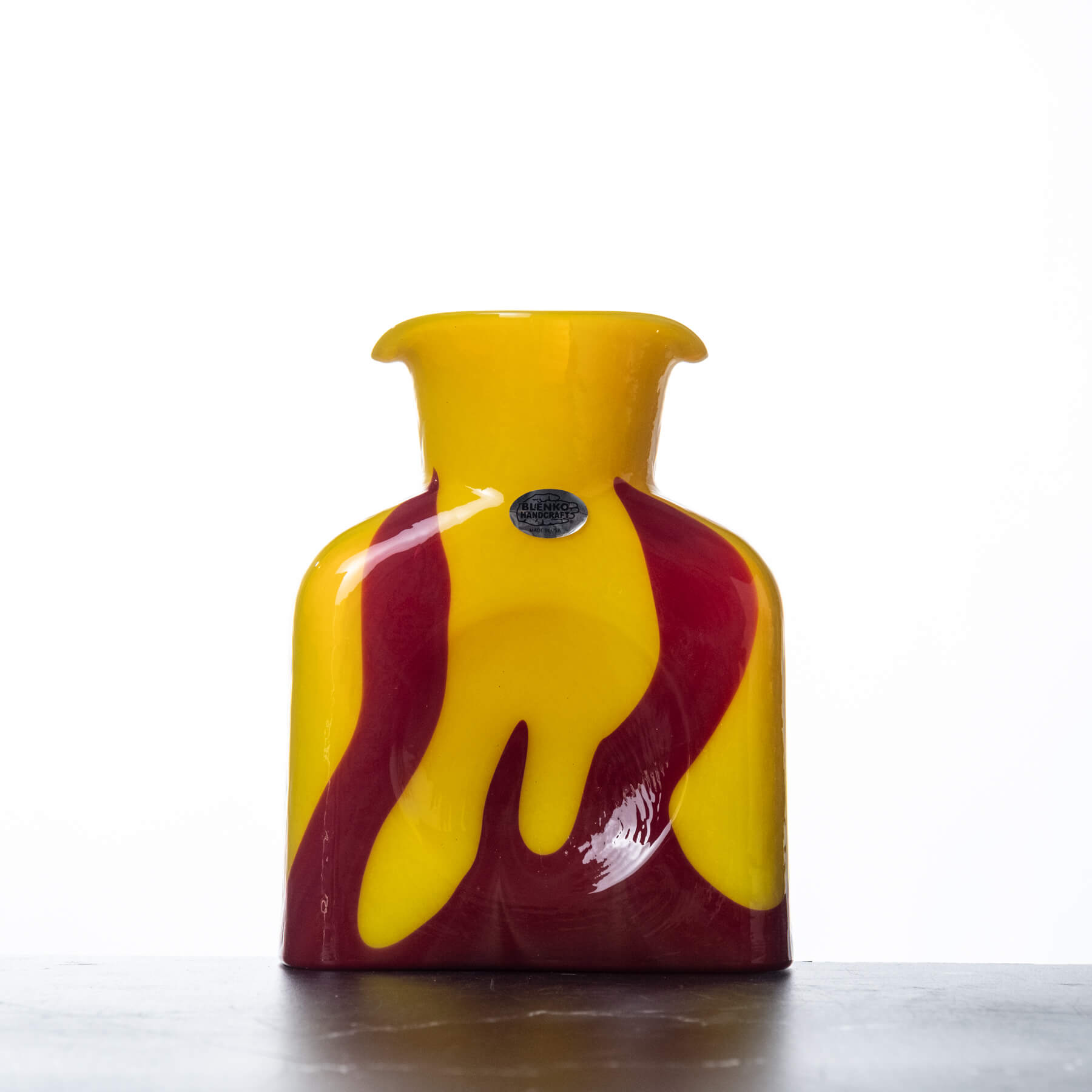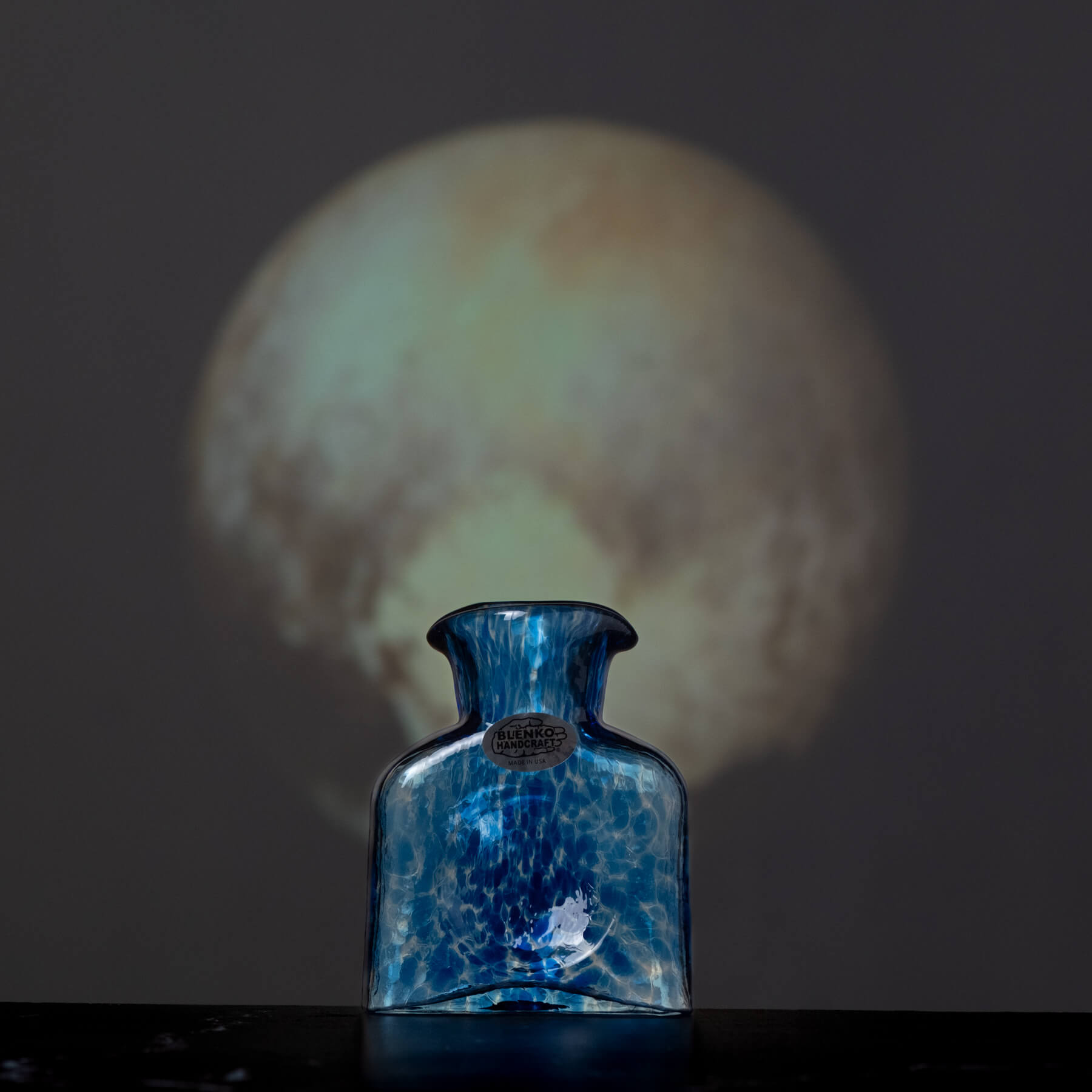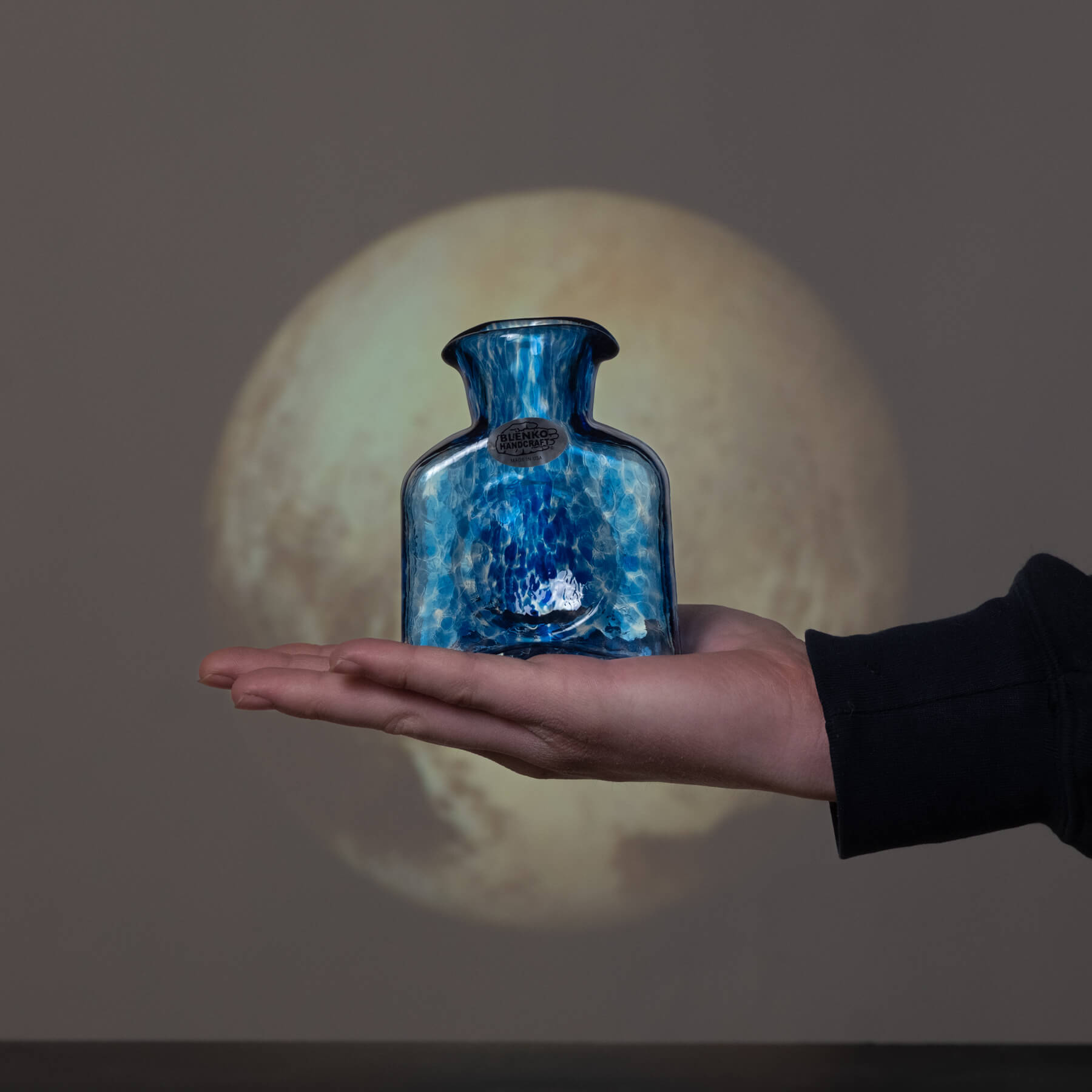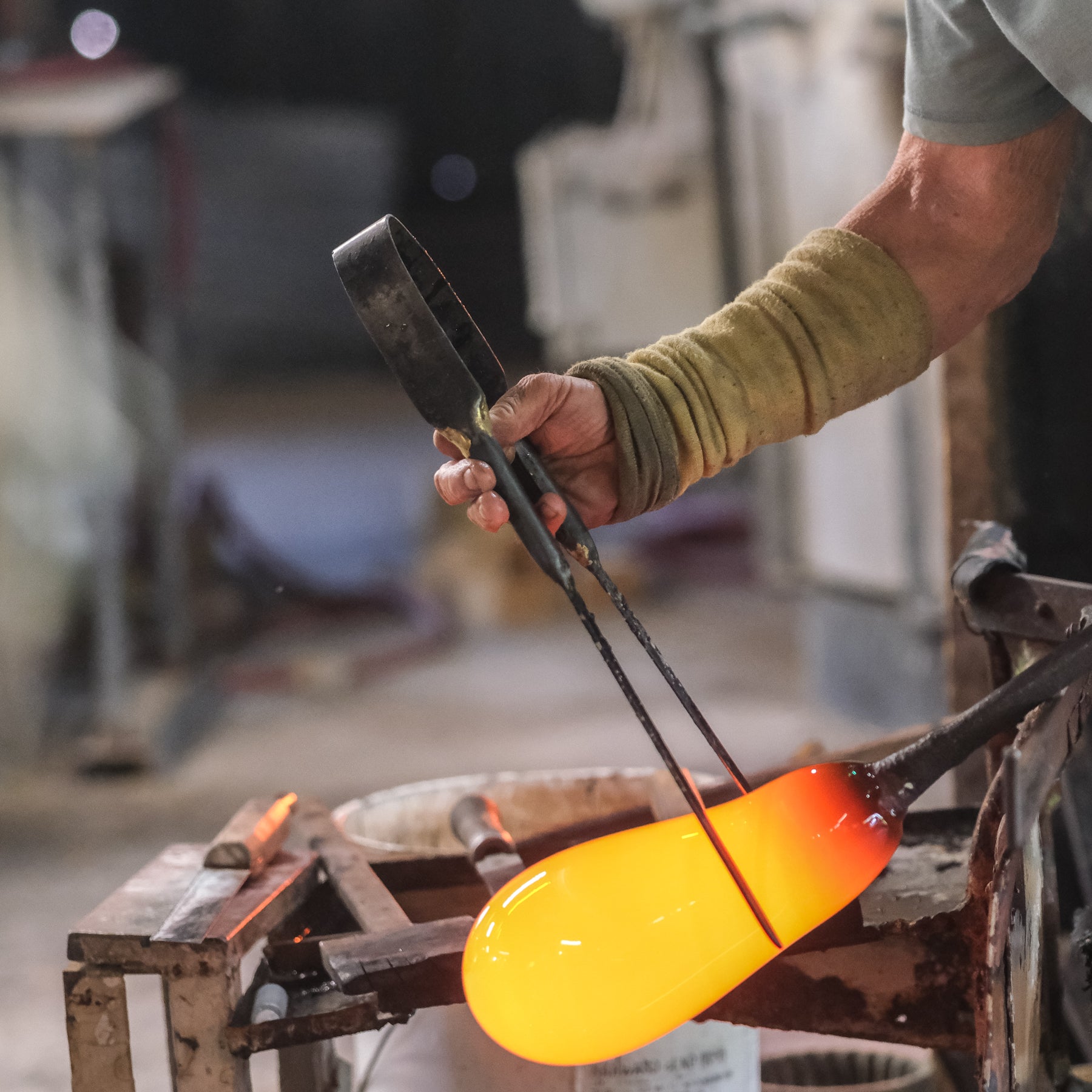
Tools of the Trade Tuesday - Jacks
If you’ve ever looked at the glassblower’s bench, you’ll notice that every single one of them has a couple of pairs of giant tweezers hanging off of the rails of their bench. These giant tweezers, though, are not to be confused with actual glass tweezers – which yes, are oversized, and yes, much larger than the ones you use in your ministrations at the mirror.
But the largest tweezers of all are called jacks. Almost all glass tools started their life as scrap metal in a glassworker’s studio, and as the answer to some prayer. The question must have been - how do you open, spread, flare a piece of glass on the end of a blowpipe without using your hands? (Because: ouch.)
Jacks are generally a band of steel that has been bent in the dead center and folded over to create a tension that allows the user, when handling them, to open and close, stretch, spread, and tighten, the openings and surfaces of glass rolling back and forth on the blower’s bench. The centrifugal action of the glass on the end of the blowpipe on the blower’s bench creates the same logic that applies to a potter’s wheel – it allows for the hand to intervene to alter the shape of a piece that is turning or spinning on its center. But whereas clay is a pleasure to touch and work, hot glass would burn your hands to stumps.
These giant tweezers allow the finisher to pull open the mouth of a piece, or add a flare with the action of a wrist. The blower also uses the jacks to alter the shape of the hot glass handed to them by the gatherer so that it fits into the mould. The jacks are also used by the blower to narrow a piece of glass, create a constriction point where they can add water, which creates thermal stresses that allow the blower to break off the piece that they’re working on onto the stickup’s punty. Jacks are absolutely critical for stopper-making, as they allow the blower to shape and close the blown stopper form, or add shaping and angles to it.
Jacks are one of the most versatile tools a glassblower uses, useful across several steps of the glassblowing process - so it’s not surprising that our blowers are particular about the pair they use. Each of the glassblower’s tools is, after all, an extension of their hand – a way to get the hand to go where it’s otherwise too hot to - so our blowers get attached to this useful little piece of metal.




